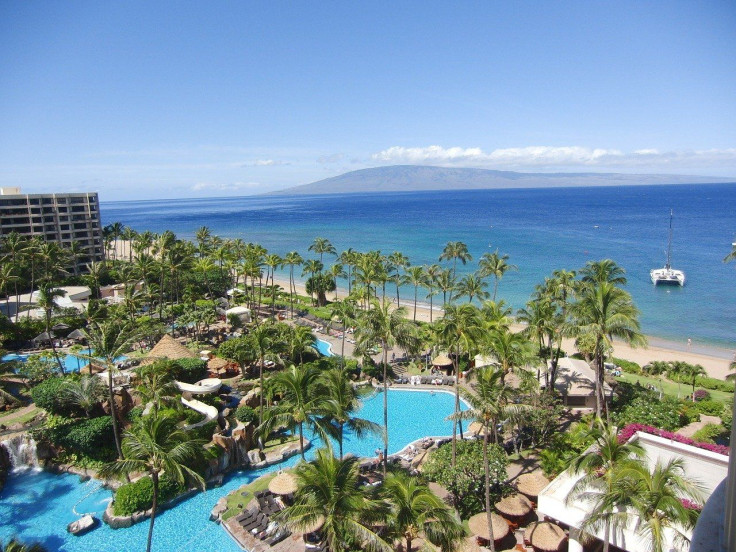EPA Designates 2 Hawaiian Beaches As Contaminated Due To Trash Buildup

KEY POINTS
- One beach is on the southern end of the island of Hawaii and the second is a small atoll more than 550 miles off the coast of Honolulu
- The EPA mandate will require state officials to set trash collection quotas to protect the quality of the waters from potential harm by plastic pollution
- Environmental groups have been pushing for the EPA to tag 17 other sites in and around Hawaii as contaminated by trash
The U.S. Environmental Protection Agency designated a pair of beaches in Hawaii as contaminated due to the amount of trash that has washed ashore. One of the beaches is so bad, it has been dubbed “plastic beach” or “junk beach” by residents.
The EPA designation requires local officials to set daily quotas for the amount of trash collected at Kamilo Beach, on the southern point of the island of Hawaii, and Tern Island, an atoll 560 miles northwest of Honolulu that serves as part of a wildlife refuge and marine national monument.
“Based on the existing and readily available water quality-related data and information, EPA has identified Kamilo Beach and Tern Island waterbodies as impaired by trash and as requiring total maximum daily loads under Clean Water Act,” the EPA said in a public notice issued Friday.
Per the EPA’s decision, the new trash limits will need to be added to the state’s water quality management plan. This will help control the amount of plastic polluting the waters and ensure the water’s quality isn’t further damaged.
Local officials criticized the decision as too broad. They also said guidelines had been issued defining what qualifies as plastic pollution. The EPA countered the lack of guidelines or methodology was not an excuse for skirting responsibilities.
“So now, hopefully this will force Hawaii to to change that tune and start seriously addressing the problem of plastics in Hawaii,” University of Hawaii environmental law director David Forman told the Associated Press.
Environmental groups have also pushed for the EPA to tag another 17 waterways in an around Hawaii as contaminated to force state officials to finally address outstanding problems with plastic pollution. However, the EPA said the data about those areas was questionable at best and required more study.
© Copyright IBTimes 2025. All rights reserved.





















